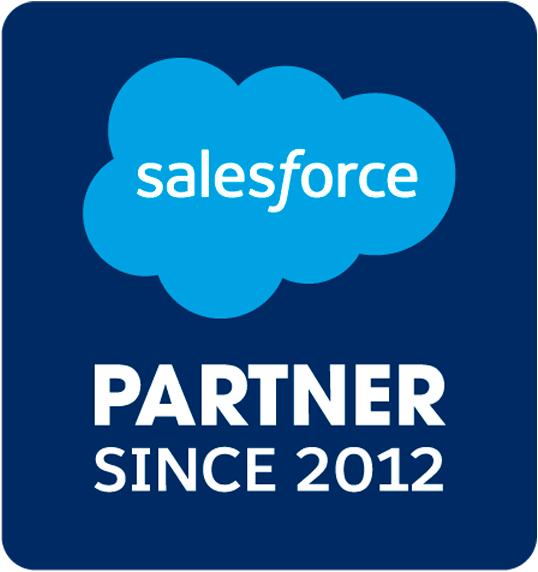Raise your hand if you know somebody who thinks that personalized marketing is “creepy.” My hand is up too.
Take a look at the statistics, however, and you’ll see these people are a vocal minority. In fact, most people are totally fine with personalization — they just want companies to take a responsible approach. Data from Accenture suggests that 81% of consumers want brands to get to know them and understand when to approach them and when not to.
At scale, this idea — knowing when and when not to approach a customer — demands real-time automated decision making. And that’s not easy. According to Adobe, “60% of marketers struggle to personalize content in real-time, yet 77% believe real-time personalization is crucial.”
So how are you supposed to overcome this struggle?
One option is Journey Builder, a Marketing Cloud add-on that gives you the power to “trigger customers on journeys based on real-time events like purchases, mobile app downloads, or closed service cases.” These journeys can be designed to personalize what content or offers customers receive, as well as how and when they receive them.
To help you better understand exactly how Journey Builder makes real-time marketing personalization work, we’re offering a closer look at some of its key activities.
Decision Split
Putting it in technical terms, a decision split “evaluates contacts that reach it, then sends each contact down a path according to [a] filter.” But I’m guessing you’d rather have an example, so let’s say Customer A downloads a media company’s news app, then selects a handful of channels — “World News,” “Business,” “Technology” — that she’d like to subscribe to. To make sure Customer A stays engaged with their brand, the media company wants to automatically send her an article that’s relevant to her interests a few days after downloading the app.
Ideally, they’d send this message via a mobile push notification. Barring that, they’ll send an email. Using a decision split, they can create a filter that determines how Customer A will be contacted based on her individual preferences. If she has consented to receive notifications from the app, she’ll get the message via mobile.
Join
Where a decision split creates two branching pathways, the join activity stitches them back together again, creating a single way forward. Let’s assume Customer A received a personalized news article via mobile, while Customer B received his by email. By using the join activity, the media company can ensure that both customers receive the next communication in exactly the same way — maybe an email promoting a paid subscription to their news service.
Wait
Obviously, it won’t often make sense to run every activity within a particular journey in rapid succession, one after the other. Instead, you’ll probably want to schedule gaps in between emails and offers — otherwise, you’d annoy your customers and drive them into the hands of your competition. Our media company understands this well, and decides to schedule a wait time of three days between sending their customers a personalized article and an email promoting a paid subscription.
Engagement Split
This activity allows you to decide the next action to take with a customer or prospect based on how they engaged with the previous activity. Continuing our example, the media company could use an engagement split to send different emails based on whether somebody opened their paid subscription offer or not. For those who didn’t open it, the company might send the same email again. For those who did, they’ll want to send some new content to further encourage them to subscribe. Down the line, they could use an engagement split to target those who aren’t opening any emails in an entirely new way — like an advertising campaign.
Journey Builder allows you to lay out pathways like these in an intuitive, visual manner. Because of this, it’s easy to transfer your sketched diagrams from whiteboard to platform. And that means you can solve your real-time personalization problem in a reasonable amount of time.
We covered the basics in this post, but there’s plenty more to know. If you’ve got questions about Journey Builder or marketing automation, don’t hesitate to reach out!



